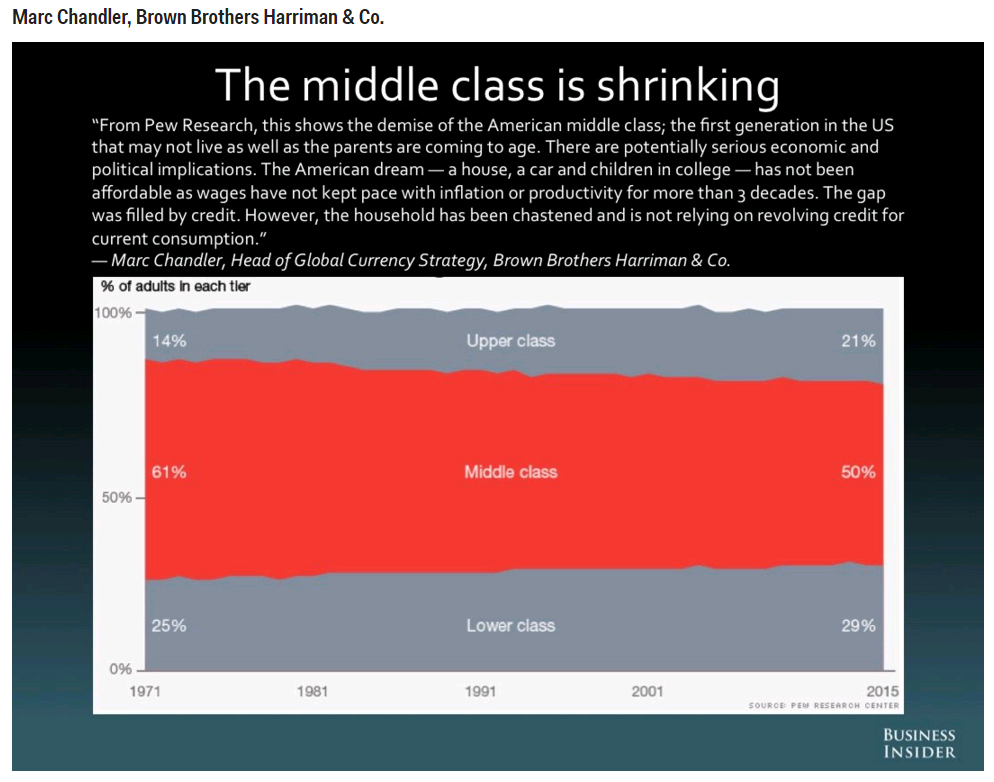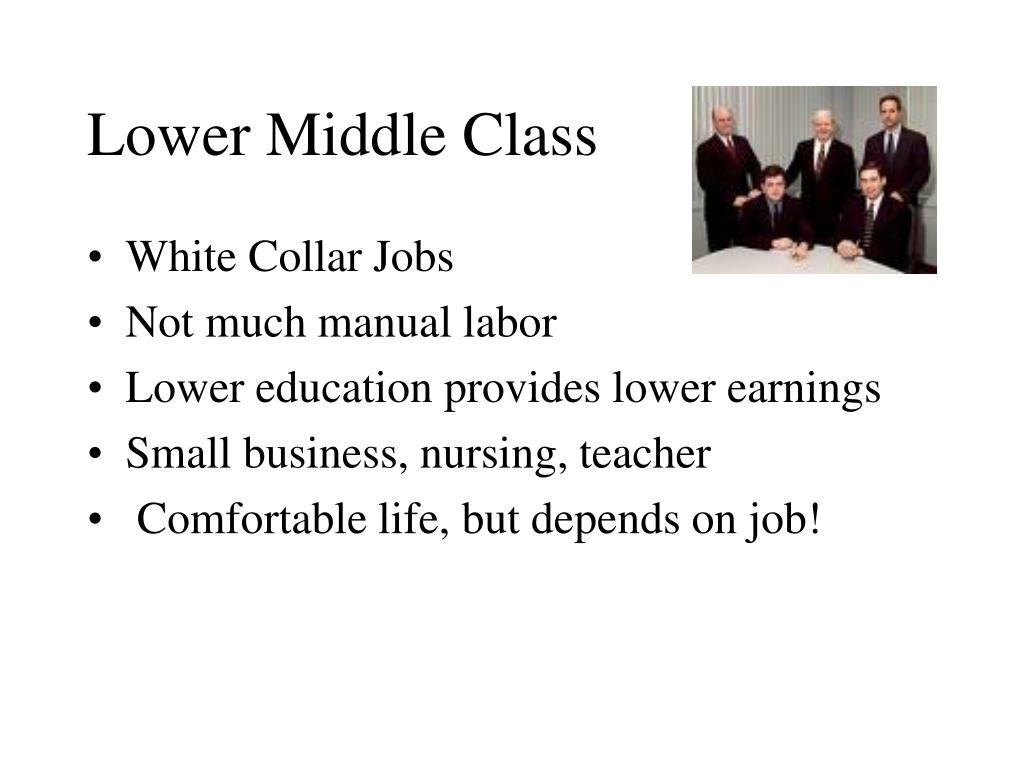

This makes China’s new, higher-income middle class, an estimate of 160 million households by 2030, a hugely important target group for consumer brands in the coming years.The new report does not attempt to measure the size and shape of America’s full middle class. Households on USD45,000-100,000 (PPP) will still account for a smaller share of total households than those on USD15,000-45,000 (PPP), however, they will command a bigger share of the country’s consumer expenditure than households on USD15,000-45,000 (PPP). Households on USD45,000-100,000 (PPP) in both countries will increase in the percentage of total households and for total consumer expenditure. In two of the biggest emerging economies, households are moving upwards on the income distribution pyramid to form a new middle class that is gradually converging with those in the developed markets. In other words, what we are seeing is the rise of a new middle class comprising of households with an income level comparable to that of households in developed economies. Their spending is forecast to rise at an average of 6.9% per year in real terms in the period through to 2030, outstripping the 1.9% average annual real spending growth forecast for households on USD15,000-45,000 (PPP). The seemingly weaker rate of expansion in developing countries is due to the fact that households in these countries are stepping up from the USD15,000-45,000 (PPP) income band to the USD45,000-100,000 (PPP) income band.īetween 20, the number of households with an annual disposable income of USD45,000-100,000 (PPP) across developing countries is set to rise by 5.6% per year on average, far exceeding the average annual growth of 1.2% expected for the total number of households. In comparison, the number of middle-class households in developed countries stood at 176 million in 2018 and is forecast to rise by 6.3% in the period to 2030. There were 679 million middle class households in emerging markets by the end of 2018 and this number is forecast to rise by 2.7% over the period through to 2030.

The rise of a new, higher-income middle class in emerging markets In emerging and developing economies, due to lower costs of living, we consider households on a lower income of USD15,000-45,000 (in constant, PPP terms) as belonging to the middle class.

We define the middle class in developed economies as comprising of households with an annual disposable income of USD45,000-100,000 (in constant, PPP terms). However, there is no universal definition, because the costs of living vary across countries. Additionally, members are reasonably confident that they can weather an economic shock - for example, a spell of unemployment - without falling back into poverty. The essence of the middle class is the ability to spend on discretionary items such as household durables, leisure and recreation. This is fantastic news for consumer-focused companies, as the lifestyle and taste of the new middle class in this region is changing rapidly under global influence, opening up opportunities for more premium products and services. As the middle class in developed markets continues to feel squeezed, the middle class in Asia not only expands but also enjoys robust income gains.


 0 kommentar(er)
0 kommentar(er)
